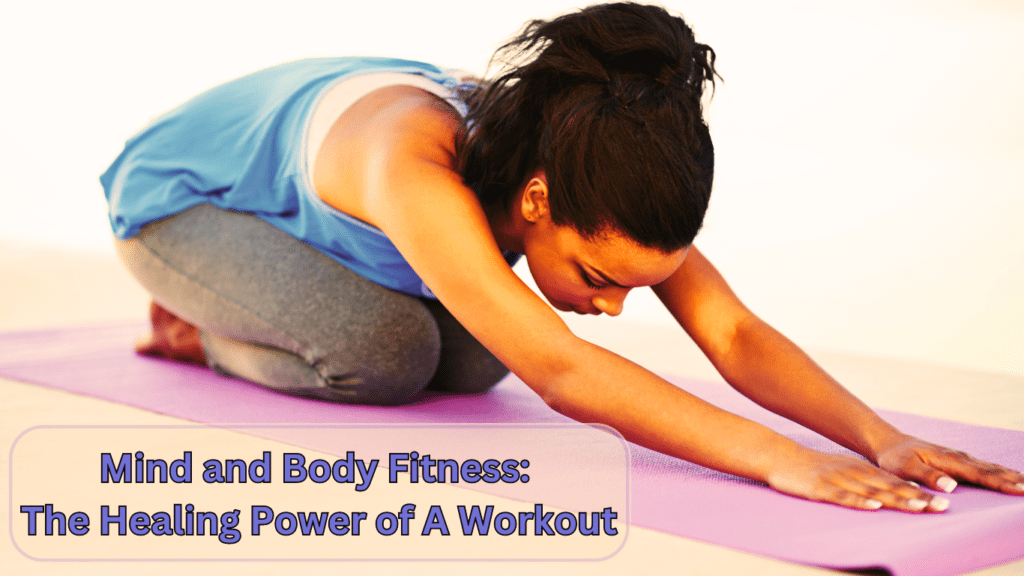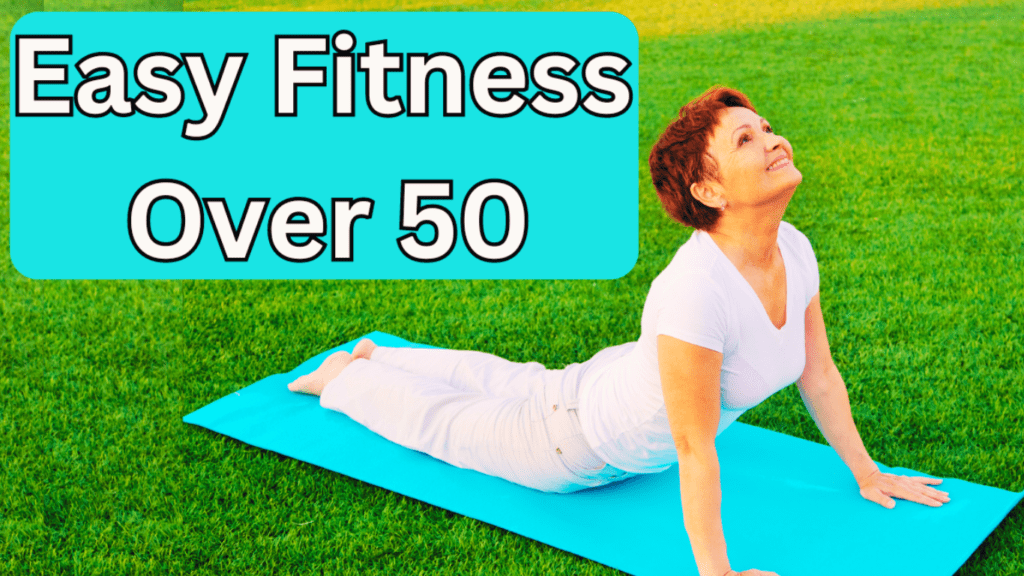Fitness Recovery Tools: Enhancing Your Fitness Journey
In this article, we’ll uncover the comprehensive guide to fitness recovery tools, detailing why they are essential for enhancing performance, preventing injuries, and accelerating recovery, and how you can select and use them effectively to support your fitness journey.
When embarking on a fitness journey, one of the most often overlooked yet crucial components is fitness recovery. Simply put, fitness recovery refers to the process your body undergoes to repair and replenish itself after a workout. Whether you’re lifting weights, running, practicing yoga, or engaging in any form of physical activity, your muscles and tissues experience stress and minor damage. This is a natural part of growth, but without proper recovery, the body cannot heal efficiently, leading to fatigue, reduced performance, and even injuries.
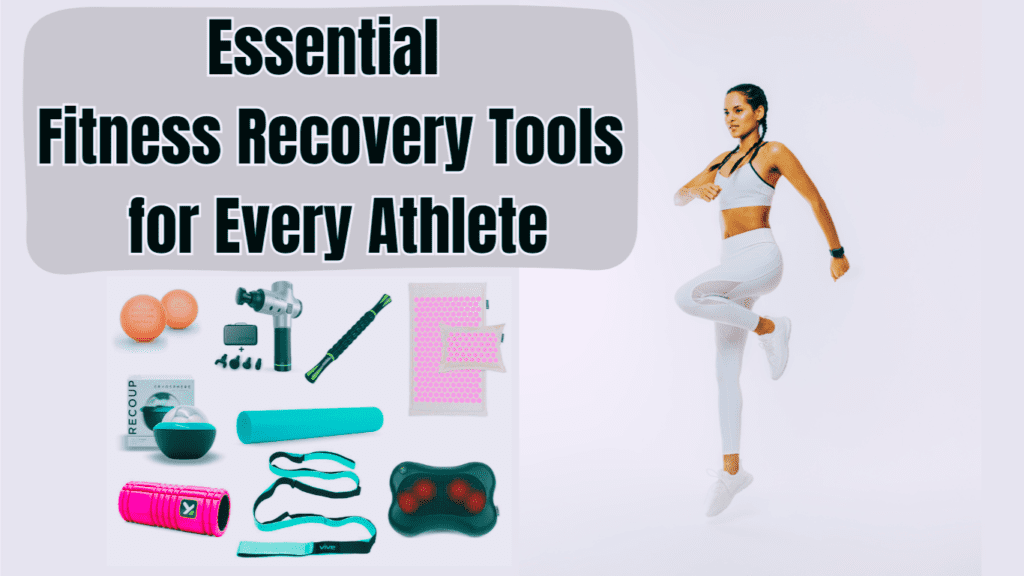
Why is fitness recovery so important? The benefits of a well-planned recovery process extend beyond just feeling rested. Proper recovery can enhance performance by allowing your muscles to rebuild stronger than before. This rebuilding process is what leads to gains in strength, endurance, and overall fitness. Moreover, effective recovery helps in preventing injuries. When your body is given the time and resources it needs to heal, you’re less likely to experience overuse injuries, strains, or chronic pain. In the long term, fitness recovery is essential for maintaining consistent progress. Without it, even the most motivated individuals can experience burnout or plateau in their fitness efforts.
Why Recovery Tools Matter
This is where fitness recovery tools come into play. While rest and nutrition are the foundation of recovery, tools designed specifically for recovery can significantly enhance the process. These tools are not just for professional athletes; they are equally important for casual fitness enthusiasts. Whether you’re working out a few times a week or training for a marathon, recovery tools can make your recovery process more effective and efficient.
One of the primary reasons these tools are so valuable is that they provide targeted relief to specific areas of the body. For example, foam rollers can help in releasing muscle tightness, while massage guns offer deep tissue stimulation to areas that are hard to reach with stretching alone. Moreover, these tools are designed to be used at home, making it convenient to integrate recovery into your daily routine. Fitness recovery tools also encourage consistency. By making the recovery process easier and more enjoyable, you are more likely to stick to your recovery regimen, which ultimately supports your overall fitness goals.
Subscribe And Get Our Free E-Book:Unlocking The Power Of Nutrition-Supplements, Substitutes, and Superfoods!
In addition, these tools are versatile and can be used by individuals of all fitness levels. Whether you’re recovering from an intense workout or just a long day at work, recovery tools can provide the relief and rejuvenation your body needs. The key is to find the right tools that match your specific needs and preferences.
Understanding the importance of fitness recovery and incorporating the right tools into your routine can make a significant difference in your overall fitness journey. Whether you’re aiming to improve performance, prevent injuries, or just feel better after a workout, fitness recovery tools can help you achieve your goals more effectively.
30 Fitness Recovery Tools Ranked Best To Worse
Understanding the Basics of Recovery
When it comes to fitness, the effort you put into your workouts is only part of the equation. Equally important is what happens after you exercise—this is where fitness recovery tools and practices come into play. To fully appreciate the role these tools play, it’s essential to understand what your body goes through during and after exercise and how it naturally works to repair and strengthen itself.
The Science of Recovery
During exercise, your muscles undergo a significant amount of stress. Activities like weightlifting, running, or even yoga can cause muscle fibers to experience tiny tears. While this might sound harmful, it’s actually a normal part of building strength and endurance. These microtears are essential for muscle growth because they signal the body to begin the repair process, which ultimately leads to stronger muscles.
However, this repair process requires energy and time. During intense physical activity, your body also depletes its stores of glycogen—a form of carbohydrate stored in muscles that serves as a primary energy source during exercise. As glycogen levels decrease, fatigue sets in, and your performance begins to decline. After the workout, your body works hard to replenish these glycogen stores while also repairing muscle tissue.
This is where fitness recovery tools can be incredibly beneficial. By using tools like foam rollers, massage guns, or compression garments, you can support your body’s natural recovery processes. These tools help to reduce muscle soreness, improve blood circulation, and speed up the elimination of waste products like lactic acid that accumulate during exercise. This combination of natural recovery and targeted support can significantly improve your overall fitness progress.
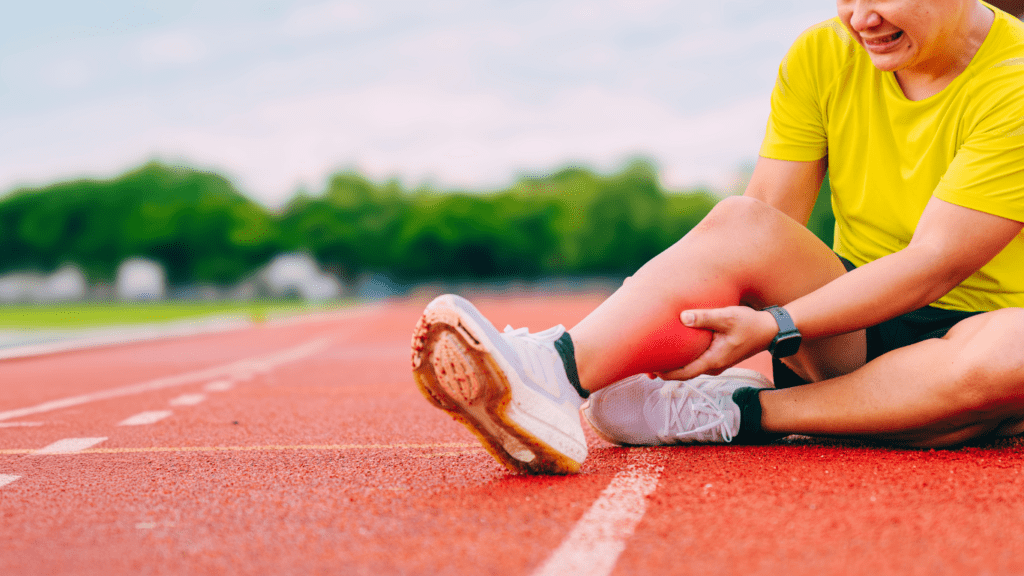
Key Components of Recovery
While fitness recovery tools are essential, they are most effective when used alongside other critical recovery components. Let’s delve into the basics that should form the foundation of your recovery routine.
Rest and Sleep
Quality sleep and rest days are crucial aspects of recovery that should not be underestimated. During sleep, your body releases growth hormones, which are vital for muscle repair and recovery. This is the time when your muscles are rebuilding and getting stronger. Without adequate sleep, this process is impaired, leading to slower recovery times and potentially diminished performance.
Rest days are equally important. Giving your body time to rest allows muscles to repair and grow without the added stress of daily workouts. It also helps in preventing overtraining, which can lead to injuries and burnout. Rest days don’t mean complete inactivity; light activities such as walking or stretching can still be beneficial and help in maintaining circulation and flexibility.
Hydration
Proper hydration is another key element in the recovery process. Water and electrolytes play a crucial role in muscle function and overall recovery. When you exercise, you lose water and electrolytes through sweat, which can lead to dehydration. Even mild dehydration can negatively impact your recovery, causing increased muscle soreness and fatigue.
To ensure effective recovery, it’s essential to rehydrate after your workout. Drinking water is a start, but replenishing electrolytes like sodium, potassium, and magnesium is equally important. These minerals help in maintaining proper muscle function and preventing cramps. In some cases, especially after intense or prolonged exercise, you may need to use electrolyte-enhanced drinks to quickly restore balance.
Nutrition
Finally, nutrition plays a fundamental role in recovery. After a workout, your body needs the right nutrients to repair muscles and replenish glycogen stores. Proteins are vital because they provide the amino acids necessary for muscle repair and growth. Consuming a protein-rich snack or meal after exercise can help jumpstart the recovery process.
In addition to protein, carbohydrates are important for replenishing glycogen stores. Without enough carbohydrates, your body may not fully recover before your next workout, which can lead to fatigue and decreased performance. Incorporating a balanced meal or snack that includes both protein and carbohydrates within an hour after your workout is an effective strategy for optimal recovery.
Understanding these components of recovery and integrating them with fitness recovery tools can create a comprehensive approach to fitness that not only improves performance but also ensures long-term success. By prioritizing recovery through rest, hydration, and nutrition, and enhancing it with the right tools, you set the foundation for a more sustainable and effective fitness journey.
Types of Fitness Recovery Tools
Fitness recovery tools are essential for anyone serious about improving their performance, preventing injuries, and maintaining long-term fitness. These tools come in various forms, each designed to address specific recovery needs. From foam rollers to advanced wearables, understanding the different categories of recovery tools can help you choose the best options for your fitness routine.
Self-Myofascial Release Tools
One of the most common types of fitness recovery tools is self-myofascial release tools. These tools are designed to release tension in the fascia, the connective tissue that surrounds muscles. Foam rollers and massage balls are popular options in this category.
Foam Rollers
Foam rollers are among the most widely used recovery tools for self-myofascial release. They work by applying pressure to muscles and fascia, which helps to break up adhesions, increase blood flow, and reduce muscle tightness. This process is known as myofascial release.
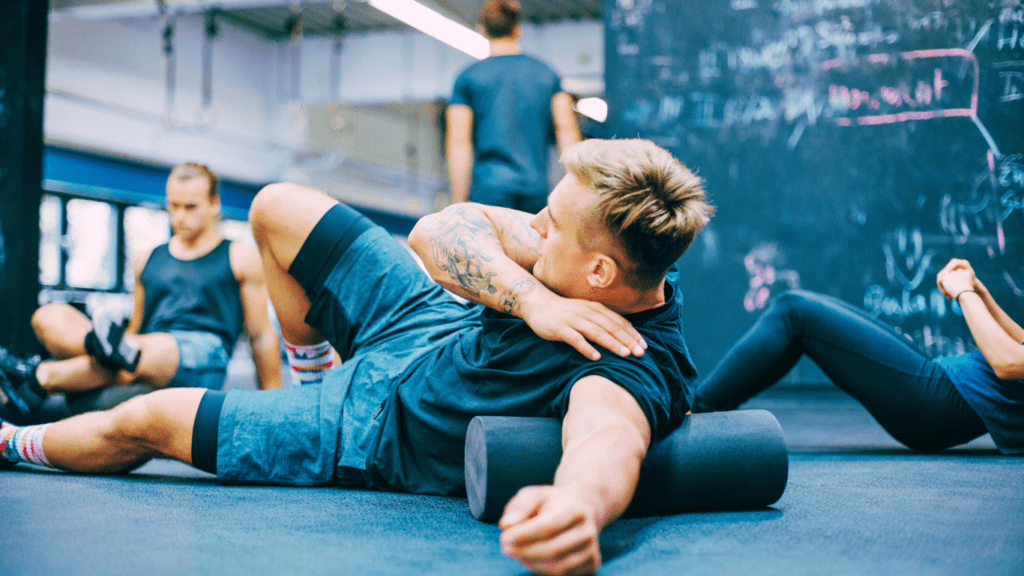
There are different types of foam rollers available, each offering unique benefits:
- Standard Foam Rollers: These are usually cylindrical and made of dense foam. They are ideal for beginners and those who prefer a less intense massage.
- Textured Foam Rollers: These rollers have ridges or knobs that provide a more intense massage. They are great for targeting specific areas of tightness.
- Vibrating Foam Rollers: These rollers add a vibration element to the rolling process, which can help in further reducing muscle soreness and improving circulation.
To use a foam roller effectively, follow these steps:
- Choose the right foam roller for your needs based on your experience level and the area you’re targeting.
- Position the foam roller under the muscle group you want to work on, such as your quads or hamstrings.
- Slowly roll your body back and forth over the roller, applying gentle pressure.
- Pause on any tight spots or knots, holding the position for 20-30 seconds to allow the muscle to release.
- Repeat the process on all major muscle groups that need attention.
Massage Balls and Lacrosse Balls
Massage balls and lacrosse balls are smaller, more targeted tools for self-myofascial release. They are particularly useful for reaching hard-to-target areas like the shoulders, feet, and upper back.
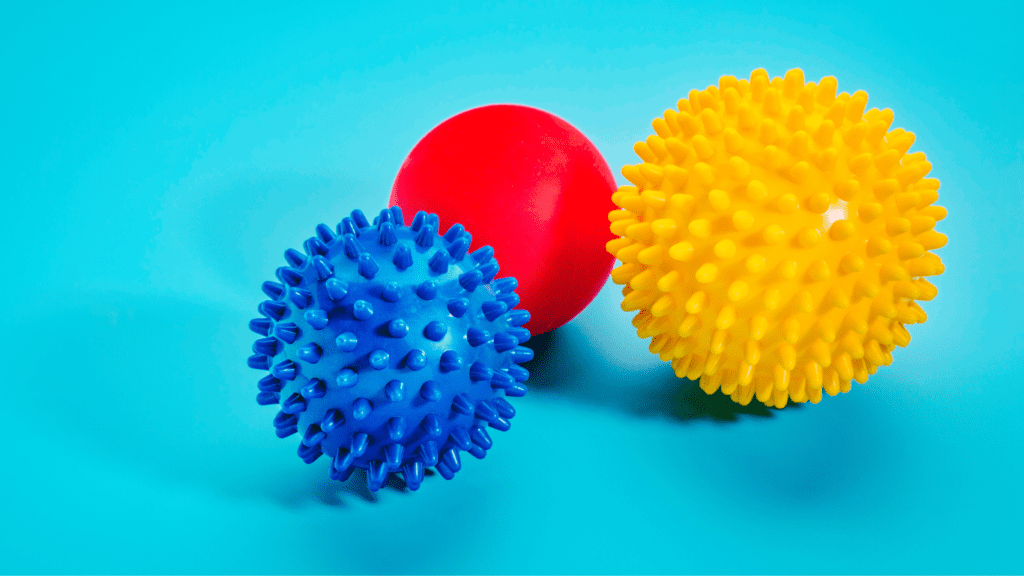
To use these tools:
- Place the ball under the targeted muscle group.
- Apply gentle pressure by leaning into the ball against a wall or the floor.
- Move the ball slowly in circular or back-and-forth motions to work out knots and tight spots.
- Focus on one area for 1-2 minutes before moving on to another.
These balls are great for getting into the nooks and crannies that larger foam rollers can’t reach, making them a valuable addition to your recovery routine.
Compression Therapy Tools
Compression therapy is another effective method for enhancing recovery. Compression tools work by applying pressure to muscles, which can help improve circulation, reduce muscle soreness, and speed up recovery.
Compression Sleeves and Socks
Compression sleeves and socks are commonly used by athletes and fitness enthusiasts to promote better blood flow and reduce muscle soreness. They work by gently squeezing the muscles, which helps to push blood back toward the heart, reducing the likelihood of swelling and fatigue.
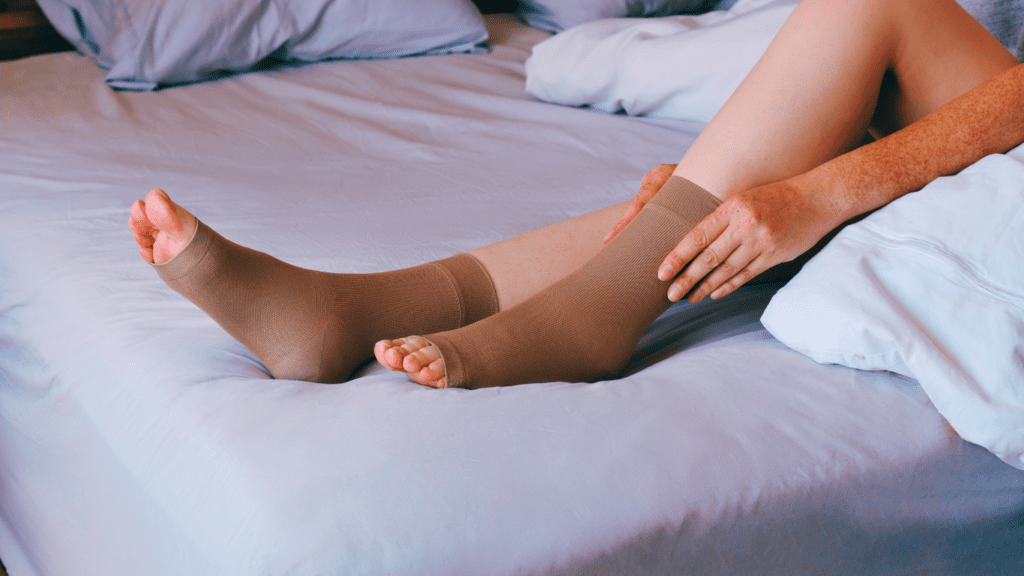
When choosing compression sleeves or socks, it’s essential to select the right size and compression level:
- Measure your legs or arms to ensure a proper fit.
- Choose the appropriate compression level—moderate compression is usually sufficient for everyday recovery, while higher compression levels may be needed for more intense recovery needs.
Wearing compression gear after a workout can help your muscles recover faster and feel less sore, making them a simple yet effective recovery tool.
Compression Boots
Compression boots, such as Normatec, are more advanced compression tools that use pneumatic compression to promote recovery. These boots are often used by professional athletes but are also available for home use. They work by inflating and deflating in cycles, which mimics the natural pumping action of the muscles, helping to move blood and fluids out of the legs and back toward the heart.
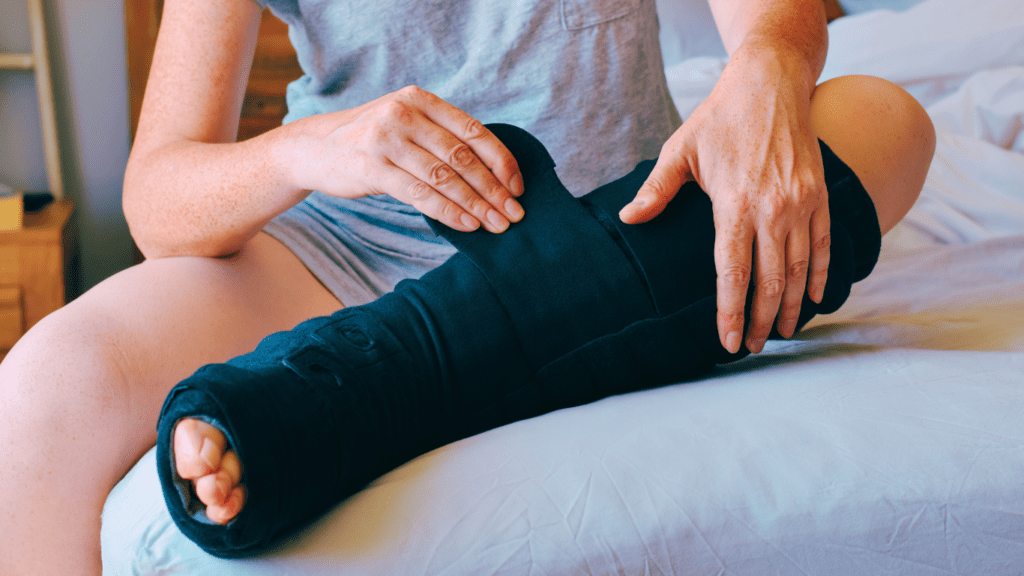
To use compression boots:
- Put on the boots and adjust the fit to ensure they are snug but not too tight.
- Start the compression cycle—most devices allow you to customize the intensity and duration of the session.
- Relax for 15-30 minutes while the boots work on your legs, promoting circulation and reducing muscle soreness.
These boots can be particularly beneficial after long runs, intense leg workouts, or any activity that puts a lot of strain on the lower body.
Massage Tools
Massage tools are another category of fitness recovery tools that can help relieve muscle tension and promote relaxation. These tools range from manual massage sticks to advanced percussion massage guns.
Percussion Massage Guns
Percussion massage guns are increasingly popular due to their ability to deliver deep-tissue massage through rapid, targeted pulses. These devices provide percussive therapy, which helps to increase blood flow, reduce muscle stiffness, and alleviate soreness.
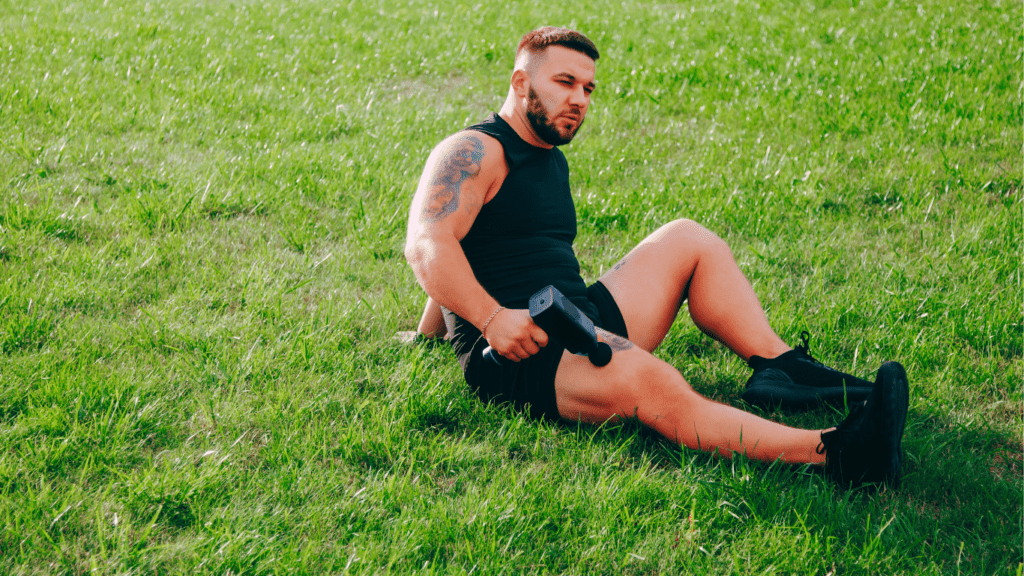
When choosing a percussion massage gun, consider the following features:
- Adjustable speed settings: Different speeds allow you to customize the intensity of the massage.
- Interchangeable heads: Different attachment heads can target various muscle groups more effectively.
- Battery life: A longer battery life ensures the device can be used multiple times before needing a recharge.
To use a percussion massage gun:
- Choose the appropriate attachment for the muscle group you’re targeting.
- Turn on the device and select the desired speed.
- Gently press the gun against your muscle, moving it slowly over the area.
- Spend 1-2 minutes on each muscle group, focusing on any tight or sore spots.
These devices are versatile and can be used on almost any muscle group, making them a great addition to your recovery toolkit.
Manual Massage Tools
Manual massage tools, such as massage sticks, are simple yet effective tools for self-massage. They allow you to apply pressure and roll out tight muscles without needing an electric device. These tools are especially useful for targeting the quads, calves, and hamstrings.
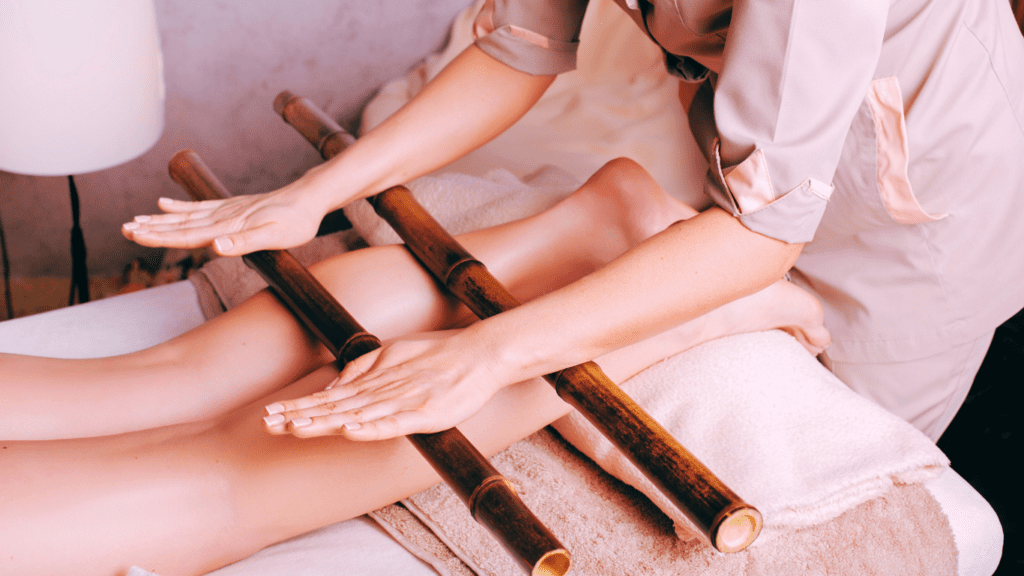
To use a massage stick:
- Hold the stick with both hands and place it against the muscle group you’re working on.
- Apply gentle pressure as you roll the stick up and down the muscle.
- Focus on areas of tightness, spending extra time on knots and sore spots.
Manual massage tools are portable and easy to use, making them a convenient option for on-the-go recovery.
Cold and Heat Therapy Tools
Cold and heat therapy are tried-and-true methods for managing muscle soreness and promoting recovery. These therapies can be used alone or in conjunction with other fitness recovery tools.
Ice Packs and Cold Compresses
Cold therapy is effective for reducing inflammation and numbing sore areas, making it a go-to option after intense workouts or injuries. Ice packs and cold compresses are simple tools that can be applied directly to the affected area.
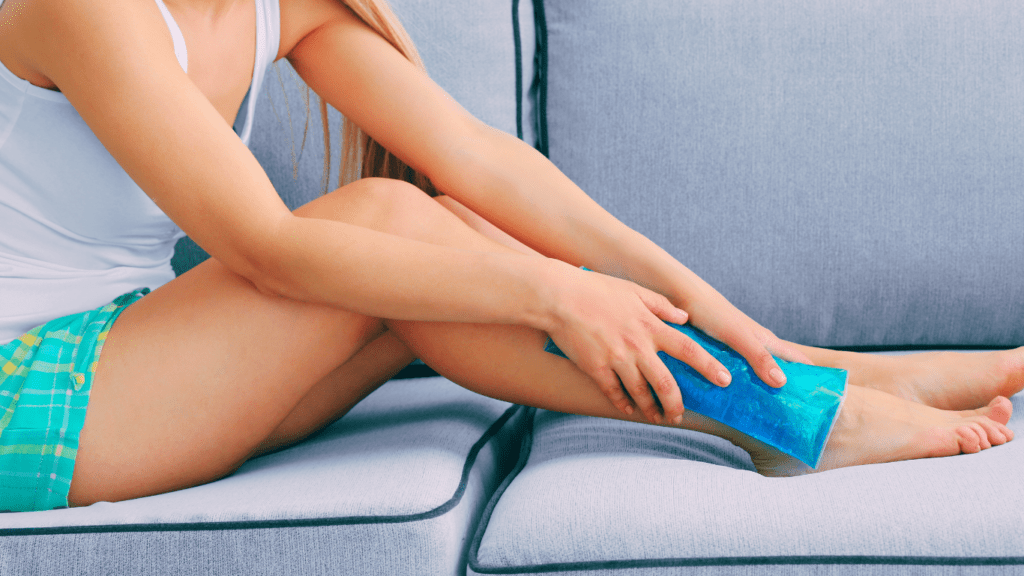
To use cold therapy:
- Apply the ice pack or cold compress to the sore area for 15-20 minutes.
- Avoid applying ice directly to the skin to prevent frostbite; use a cloth or towel as a barrier.
- Repeat the process every few hours for the first 24-48 hours after the workout or injury.
Cold therapy is particularly useful for acute injuries, such as sprains or strains, as it helps to reduce swelling and pain.
Heating Pads and Warm Compresses
Heat therapy is beneficial for relaxing muscles and increasing blood flow to the affected area. Heating pads and warm compresses are commonly used to alleviate muscle stiffness and tension.
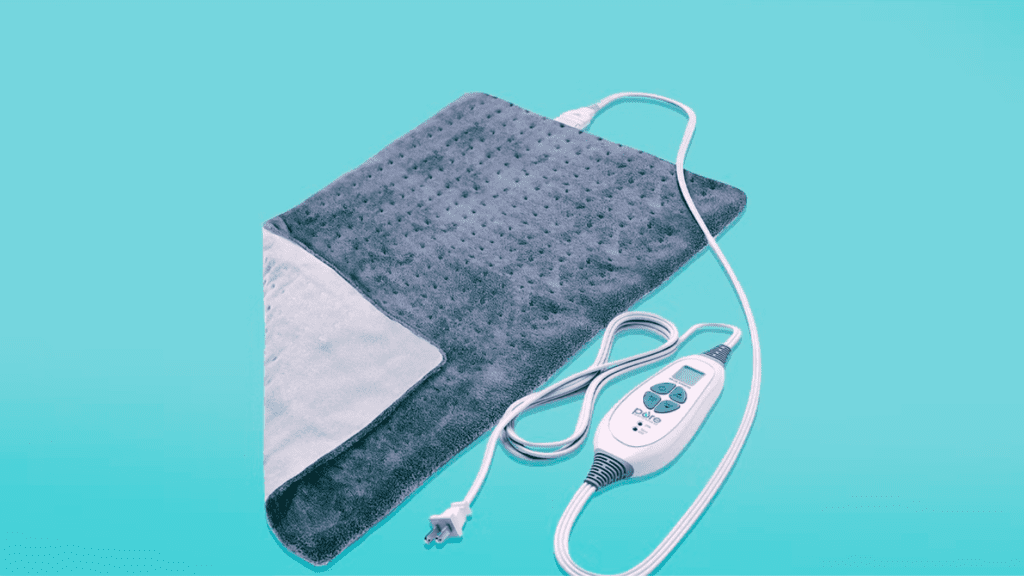
To use heat therapy:
- Apply the heating pad or warm compress to the sore area for 15-20 minutes.
- Use heat therapy before a workout to warm up muscles or after a workout to relax tight muscles.
- Avoid using heat on fresh injuries, as it can increase swelling.
Heat therapy is especially useful for chronic muscle pain and stiffness, providing comfort and relaxation to sore muscles.
Cryotherapy
Cryotherapy involves exposing the body to extremely cold temperatures for a short period. This can be done through cold baths or specialized cryo chambers. The extreme cold helps reduce inflammation, improve circulation, and promote recovery.

When considering cryotherapy:
- Cold baths can be done at home by filling a tub with cold water and ice. Immerse yourself for 10-15 minutes.
- Cryo chambers are available at specialized facilities, where you stand in a chamber filled with cold air for 2-3 minutes.
- Cryotherapy should be used cautiously, especially if you have any medical conditions. It’s best to consult with a healthcare professional before trying it.
Cryotherapy can be an effective tool for reducing muscle soreness and speeding up recovery, especially after intense workouts.
Stretching and Flexibility Tools
Stretching and flexibility are critical components of recovery, helping to improve muscle elasticity and prevent injuries. Stretching tools like straps, bands, and yoga blocks can enhance your stretching routine and make it more effective.
Stretching Straps and Bands
Stretching straps and bands are versatile tools that assist in deepening stretches and improving flexibility. They are particularly useful for individuals who struggle with certain stretches or have limited range of motion.
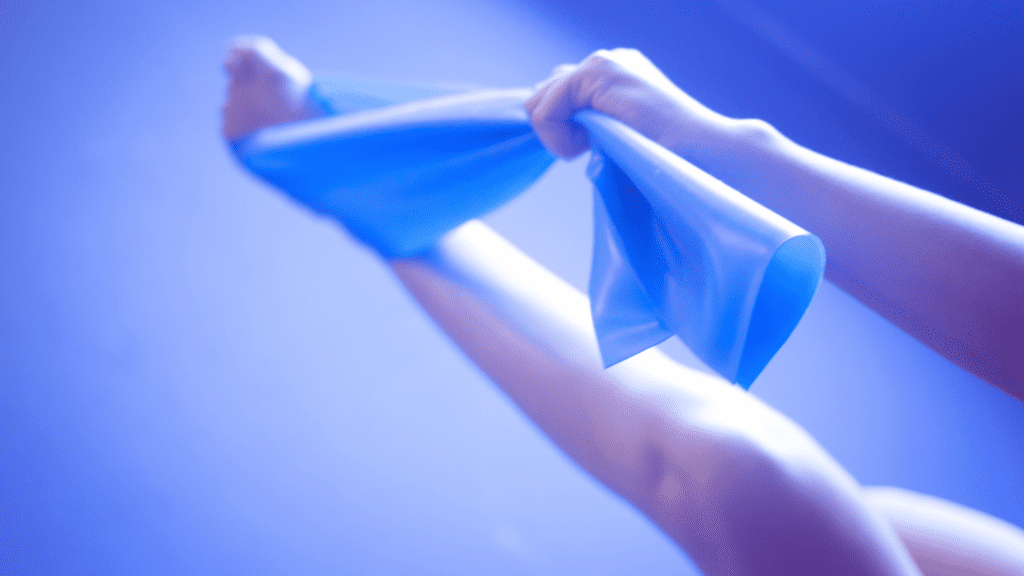
To use stretching straps and bands:
- Loop the strap or band around your foot or hand to help you stretch a specific muscle group.
- Gently pull on the strap or band to increase the stretch, holding the position for 20-30 seconds.
- Use these tools to assist in stretches for the hamstrings, calves, shoulders, and back.
Stretching straps and bands can help you achieve a deeper stretch and maintain flexibility, making them valuable tools for overall recovery.
Yoga Blocks and Wheels
Yoga blocks and wheels are tools designed to support and enhance yoga practice, especially when it comes to stretching and flexibility. Yoga blocks can be used to provide stability and support during various poses, while yoga wheels can aid in deepening stretches and improving balance.
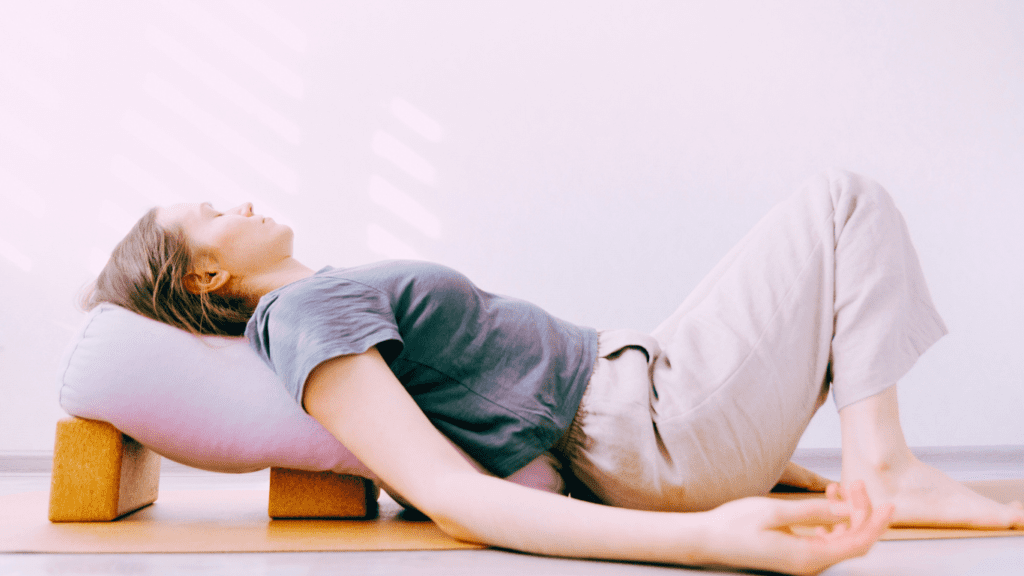
To use yoga blocks and wheels:
- Yoga blocks: Place them under your hands or feet during poses to provide extra support and help you maintain proper alignment.
- Yoga wheels: Use them to roll along your spine or legs to stretch and release tension. They can also be used to support you in various poses, allowing for deeper stretches.
These tools are excellent for improving flexibility, enhancing your yoga practice, and supporting your recovery routine.
Recovery Wearables
In the age of technology, recovery wearables offer advanced ways to monitor and optimize your recovery process. Devices like smart recovery devices and wearable electrotherapy units provide valuable insights into your recovery metrics and help you make informed decisions about your fitness routine.
Smart Recovery Devices
Smart recovery devices such as WHOOP or Fitbit monitor various recovery metrics, including Heart Rate Variability (HRV) and sleep quality. HRV is a key indicator of your autonomic nervous system’s ability to recover from stress, and better HRV often correlates with better recovery and overall fitness.
To use these devices:
- Wear the device consistently to track your recovery metrics over time.
- Review the data to understand your recovery patterns and make adjustments to your routine as needed.
- Utilize the insights provided by the device to optimize your sleep, rest, and overall recovery strategies.
These devices can offer personalized recommendations based on your data, helping you to enhance your recovery and improve your fitness results.
Wearable Electrotherapy Devices
Wearable electrotherapy devices like PowerDot use electrical stimulation to aid muscle recovery. These devices send low-frequency electrical pulses to the muscles, which can help to reduce soreness, improve circulation, and promote relaxation.
To use wearable electrotherapy devices:
- Place the electrode pads on the targeted muscle groups according to the device’s instructions.
- Set the device to the appropriate intensity and duration for your needs.
- Follow the recommended usage guidelines to achieve the best results.
These devices can be particularly effective for muscle recovery and pain management, offering a convenient way to enhance your recovery routine.
Understanding the different types of fitness recovery tools and how to use them can significantly improve your recovery process. By incorporating these tools into your fitness routine, you can support your body’s natural healing processes, reduce muscle soreness, and enhance your overall performance.
Chart: Fitness Recovery Tools and Their Benefits
| Tool Category | Specific Tools | Primary Benefits | Ideal For |
|---|---|---|---|
| Self-Myofascial Release | Foam Rollers, Massage Balls | Relieves muscle tightness, enhances blood flow, reduces soreness | Post-workout recovery |
| Targeting specific muscle knots | |||
| Compression Therapy | Compression Sleeves, Compression Boots | Improves circulation, reduces swelling, speeds up recovery | Long runs, intense workouts |
| Post-race recovery | |||
| Massage Tools | Percussion Massage Guns, Massage Sticks | Delivers deep tissue massage, increases muscle flexibility | Sore muscle relief |
| General muscle recovery | |||
| Cold and Heat Therapy | Ice Packs, Heating Pads | Reduces inflammation (cold), relaxes muscles (heat) | Acute injuries (cold) |
| Chronic pain relief (heat) | |||
| Stretching and Flexibility | Stretching Straps, Yoga Blocks | Enhances flexibility, aids in muscle recovery | Pre- and post-workout routines |
| General stretching practice | |||
| Recovery Wearables | Smart Recovery Devices, Electrotherapy | Monitors recovery metrics, enhances muscle recovery | Data-driven recovery strategies |
| Injury prevention |
How to Choose the Right Recovery Tools
Selecting the right fitness recovery tools is crucial for enhancing your recovery process and achieving your fitness goals. With a wide range of options available, it’s important to assess your specific needs and consider various factors to make the best choice for your routine. Here’s how you can effectively choose and incorporate these tools into your recovery strategy.
Assessing Your Needs
Type of Exercise
The type of exercise you do plays a significant role in determining which fitness recovery tools will be most beneficial. For instance:
- Cardiovascular workouts like running or cycling often lead to muscle fatigue and soreness in the lower body. Tools like foam rollers, compression socks, and stretching straps can help address these issues by reducing muscle tightness and improving circulation.
- Strength training or weightlifting typically results in muscle stiffness and soreness. Percussion massage guns, massage balls, and cold therapy tools may be more suitable for deep-tissue recovery and managing muscle soreness.
- High-intensity interval training (HIIT) and other intense workouts may require a combination of tools to manage fatigue and prevent injuries. A blend of foam rollers, compression therapy, and manual massage tools can be effective in this case.
Intensity of Exercise
The intensity of your workouts also affects your recovery needs:
- High-intensity workouts generally cause more significant muscle damage and soreness. Investing in advanced recovery tools like compression boots, percussion massage guns, and smart recovery devices can be beneficial for managing intense recovery requirements.
- Moderate exercise might require less specialized tools. Basic options like foam rollers, stretching straps, and heating pads may suffice to support recovery and prevent soreness.
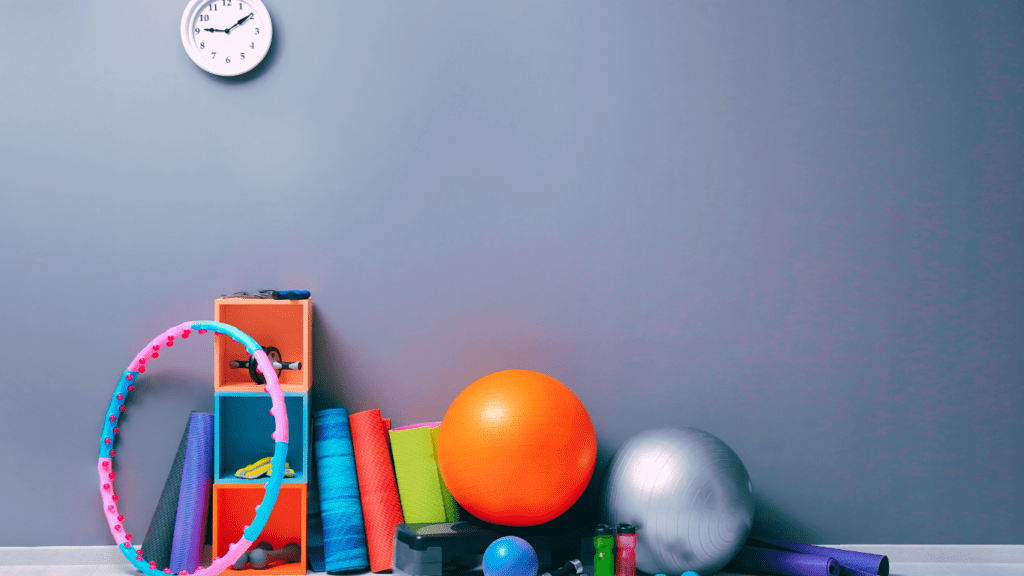
Specific Recovery Needs
Identifying your specific recovery needs is essential:
- Chronic Pain or Injury Prevention: If you have chronic pain or are recovering from an injury, tools that offer targeted relief, such as massage balls, compression therapy, and cold/heat therapy, can be particularly useful. Consulting with a healthcare professional can also help you choose the right tools for your situation.
- Muscle Recovery and Flexibility: For general muscle recovery and maintaining flexibility, tools like foam rollers, stretching bands, and yoga blocks are excellent choices. These tools can help with muscle relaxation, improved range of motion, and overall recovery efficiency.
Budget Considerations
Fitness recovery tools come in a wide range of price points, so it’s important to consider your budget:
- Affordable Options: Basic tools like foam rollers, stretching straps, and massage balls are generally budget-friendly and offer substantial benefits. These tools are often priced between $20 and $50.
- Mid-Range Tools: Compression sleeves, manual massage sticks, and standard percussion massage guns fall into this category. Prices typically range from $50 to $150, providing a balance between functionality and cost.
- High-End Tools: Advanced recovery tools like compression boots, high-end percussion massage guns, and smart recovery devices can be more expensive, often ranging from $200 to $800. These tools offer advanced features and more targeted recovery benefits.
When deciding on your budget, consider starting with a few essential tools and gradually expanding your collection based on your needs and preferences.
Creating a Recovery Routine
Incorporating fitness recovery tools into your routine is key to maximizing their effectiveness. Here’s how you can create a structured recovery plan:
Incorporate Tools into Your Routine
- Daily Use: For tools like foam rollers, stretching straps, and yoga blocks, incorporate them into your daily routine. Spend a few minutes each day rolling out tight muscles, stretching, or performing yoga poses to maintain flexibility and reduce muscle soreness.
- Post-Workout: Use specific tools immediately after workouts. For instance, apply compression socks or use a massage gun to target sore muscles, and utilize cold therapy for any inflammation or swelling.
- Rest Days: On rest days, focus on recovery tools that aid in overall relaxation and muscle recovery, such as heating pads or compression boots. This helps to prepare your body for the next workout session.
Tips on Balancing Recovery with Workout Schedules
- Plan Recovery Time: Schedule dedicated recovery time around your workouts. For example, allocate 10-15 minutes post-workout for foam rolling or using a massage gun to address muscle soreness.
- Listen to Your Body: Pay attention to how your body responds to different tools and adjust your routine accordingly. If certain areas feel particularly tight or sore, increase the focus on those areas with appropriate tools.
- Combine Tools: Combine different recovery tools for a comprehensive approach. For example, use a foam roller for muscle release, followed by stretching with bands, and finish with a session in compression boots or a massage gun.
Sample Recovery Routines
Different types of fitness enthusiasts may require tailored recovery routines. Here are some sample routines based on various fitness activities:
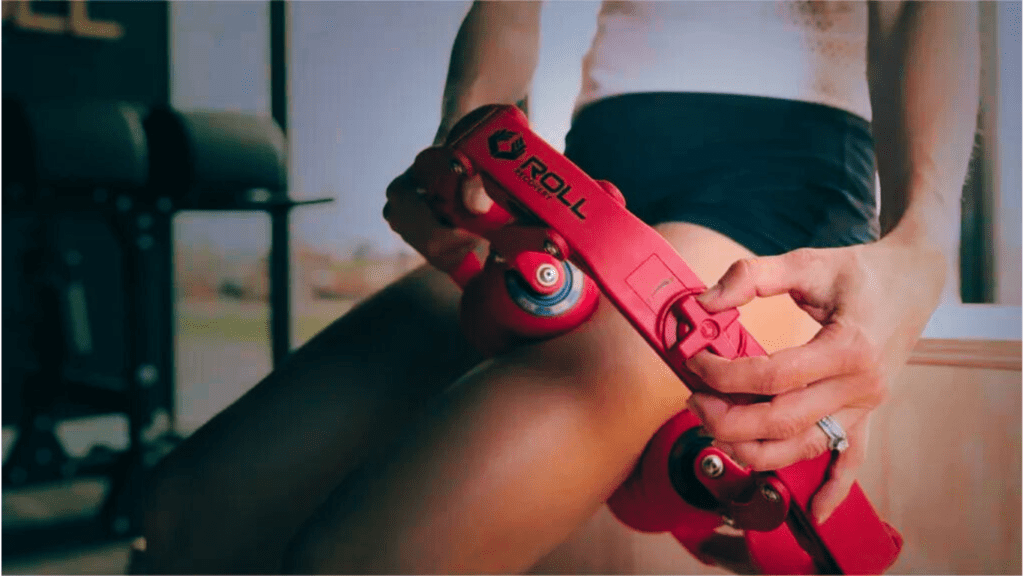
For Runners
- Post-Run: Immediately after a run, use a foam roller to roll out the quads, hamstrings, and calves. Follow with stretching using a strap or band to maintain flexibility.
- Evening Routine: Apply compression socks for improved circulation and use a massage gun on sore areas to alleviate any tightness.
- Rest Day: Incorporate yoga or stretching exercises using yoga blocks and wheels to enhance flexibility and prevent injuries.
For Weightlifters
- Post-Workout: Use a foam roller or massage balls to target muscle groups worked during lifting sessions. Apply cold therapy if needed to reduce inflammation.
- Evening Routine: Utilize a percussion massage gun to work out deep muscle soreness and apply a heating pad to relax tight muscles.
- Rest Day: Use stretching straps and yoga blocks to maintain flexibility and prevent stiffness. Consider a session in compression boots for overall muscle recovery.
For Casual Exercisers
- Post-Exercise: Implement a foam rolling routine to address any post-exercise soreness and use stretching bands to maintain flexibility.
- Evening Routine: Apply a heating pad to relax muscles or use a massage stick for a light self-massage.
- Rest Day: Engage in light stretching with yoga blocks and bands to support muscle recovery and maintain mobility.
By carefully selecting the right fitness recovery tools and integrating them into your routine, you can significantly enhance your recovery process and improve your overall fitness results.
Recommended Recovery Tools by Exercise Type Chart:
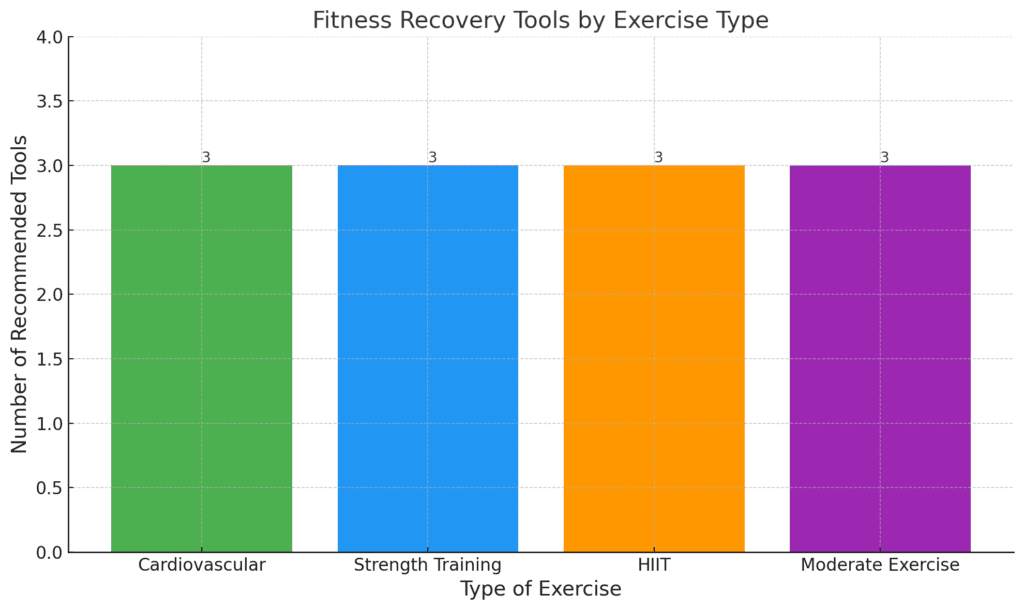
Key Insights from the Chart:
- Cardiovascular Workouts: This category has a balanced number of tools (3) focused on addressing muscle fatigue and enhancing circulation.
- Strength Training: With 3 specialized tools, it emphasizes the need for deeper recovery solutions to manage stiffness and soreness.
- HIIT: Similar to strength training, it benefits from a combination of 3 tools designed to handle the unique challenges of high-intensity workouts.
- Moderate Exercise: This category also features 3 tools, showcasing that even less intense workouts still require thoughtful recovery approaches.
Common Mistakes to Avoid
When incorporating fitness recovery tools into your routine, it’s crucial to use them correctly to avoid potential pitfalls. While these tools can significantly enhance your recovery process, improper use can lead to inefficiencies or even setbacks. Here are some common mistakes to avoid to ensure that your recovery efforts are effective and beneficial.
Overuse of Fitness Recovery Tools
One of the primary mistakes people make with fitness recovery tools is overusing them. It’s easy to assume that more is always better, but excessive use of recovery tools can actually be counterproductive.
For example, overusing a foam roller can lead to muscle irritation and exacerbate soreness rather than alleviate it. Foam rolling is intended to help release muscle tension and improve blood flow, but applying excessive pressure or rolling too frequently can cause additional discomfort and even lead to bruising or inflammation. It’s essential to balance foam rolling with other recovery methods and not overdo it.
Similarly, excessive use of a massage gun can lead to overstimulation of the muscles. While these devices are excellent for deep-tissue massage, overusing them can result in muscle fatigue and irritation. It’s important to use the massage gun according to the manufacturer’s instructions and avoid prolonged sessions on the same muscle group.
In general, it’s vital to integrate recovery tools into your routine in moderation. For most people, a balanced approach that includes a mix of different tools and recovery methods is more effective than relying heavily on just one tool.
Ignoring Body Signals
Another common mistake is ignoring your body’s signals and relying solely on fitness recovery tools. While these tools can aid in the recovery process, they should not replace the natural signals your body gives you.
Listening to your body is essential for effective recovery. If you notice persistent pain, discomfort, or signs of overtraining, it’s important to address these issues rather than solely relying on recovery tools. For instance, if you experience sharp pain during foam rolling, it could be a sign of an underlying issue that requires attention beyond just using the roller.
Incorporating regular check-ins with your body’s feedback into your recovery routine can help you avoid overuse injuries and ensure that you’re not masking symptoms that need proper medical evaluation. For example, if you find that certain stretches or recovery exercises are causing discomfort, it’s wise to adjust your approach or consult a healthcare professional.
Tools like smart recovery devices can offer valuable insights, such as monitoring heart rate variability (HRV) and sleep quality. However, these tools should complement, not replace, your body’s signals and overall self-care practices.
Skipping Essential Recovery Elements
A crucial aspect to remember is that fitness recovery tools are supplementary and should not replace fundamental recovery practices such as sleep, hydration, and nutrition. These basics are vital for optimal recovery and overall health.
Sleep: Quality sleep is arguably the most important recovery element. During sleep, your body performs crucial repair and rebuilding processes. No matter how advanced your recovery tools are, they cannot substitute the restorative power of a good night’s sleep. Aim for 7-9 hours of quality sleep each night to support muscle repair and overall recovery.
Hydration: Proper hydration is essential for effective muscle recovery and overall health. Water helps to transport nutrients, remove waste products, and maintain muscle function. Without adequate hydration, your muscles can become more prone to cramping and soreness. Ensure you’re drinking enough water throughout the day, and consider electrolyte supplements if you engage in intense or prolonged exercise.
Nutrition: Post-workout nutrition plays a significant role in recovery. Consuming a balanced meal or snack with a mix of proteins and carbohydrates helps to replenish glycogen stores and repair muscle tissue. Recovery tools cannot replace the need for proper nutrition. Include lean proteins, whole grains, fruits, and vegetables in your diet to support muscle recovery and overall health.
While fitness recovery tools can enhance your recovery process, they should be used in conjunction with these essential practices, not as a replacement for them. A comprehensive approach that integrates proper sleep, hydration, nutrition, and the thoughtful use of recovery tools will yield the best results.
Avoiding Over-Reliance on Fitness Recovery Tools
It’s also important to avoid becoming overly reliant on any single recovery tool. Each tool serves a specific purpose and works best in combination with other recovery methods. For example, while foam rollers are excellent for releasing muscle tension, they are not a substitute for a balanced diet or adequate sleep.
Diversify your recovery approach by incorporating a range of tools and techniques. Use foam rollers for muscle release, compression therapy for improved circulation, and stretching bands for flexibility. Combine these tools with solid recovery fundamentals—sleep, hydration, and nutrition—to create a well-rounded recovery strategy.
While fitness recovery tools can significantly aid in your recovery process, it’s essential to use them wisely. Avoid overuse, listen to your body’s signals, and never neglect basic recovery practices. By balancing the use of recovery tools with fundamental self-care practices, you can enhance your overall recovery and performance.
Final Insights and Essential Tips on Fitness Recovery Tools
As we conclude our deep dive into fitness recovery tools, it’s important to reflect on the key points and consider how to effectively integrate these tools into your routine. Prioritizing recovery is crucial for optimizing performance, preventing injuries, and ensuring long-term fitness success.
Summarizing The Key Points Of Fitness Recovery Tools
We’ve explored the importance of recovery in your fitness journey, the various types of fitness recovery tools, and how to select and use them effectively. Proper recovery involves understanding the science behind muscle repair, utilizing different tools appropriately, and avoiding common mistakes. By following a balanced approach that includes sleep, hydration, and nutrition alongside these tools, you can enhance your overall recovery process.
Motivation to Prioritize Recovery
Remember, prioritizing recovery is not just about using the right tools but also about embracing a comprehensive approach to your fitness routine. Recovery is an integral part of any training program and is essential for achieving your fitness goals. Start by integrating one or two fitness recovery tools into your routine. As you experience their benefits, consider expanding your toolkit to include a range of tools that suit your specific needs. A thoughtful and gradual approach to building your recovery toolkit will help you maximize its effectiveness and support your fitness journey.
Fitness Recovery Tools: Recommended Products
Here are some reputable brands and specific products to consider as you build your recovery toolkit:
- Foam Rollers: TriggerPoint Grid Foam Roller, ProForm RumbleRoller.
- Massage Guns: Theragun Elite, Hyperice Hypervolt.
- Compression Therapy: Normatec Pulse 2.0, Air Relax Compression Boots.
- Stretching Tools: TheraBand Stretch Strap, Gaiam Cork Yoga Block.
- Cold and Heat Therapy: Arctic Ease Cold Wrap, Thermotex Far Infrared Heating Pad.
These products have been selected based on their effectiveness, user reviews, and overall quality. Investing in well-regarded brands can ensure you get the best results from your recovery tools.
Further Reading
For those interested in expanding their knowledge about recovery, consider exploring the following resources:
- Books:
- “The Muscle Repair Manual” by Dr. Michael Smith
- “The Recovery Diet” by Dr. David J. Reiss
- Articles:
- “The Science of Recovery: How to Optimize Your Fitness Routine” published in the Journal of Strength and Conditioning Research
- “Understanding Recovery: Essential Practices for Athletes” on the American College of Sports Medicine website
- Studies:
- “Effects of Compression Therapy on Muscle Recovery” – a study published in the International Journal of Sports Medicine
- “The Role of Nutrition in Recovery” – an article in the Sports Nutrition Review
These resources provide valuable insights and research to deepen your understanding of effective recovery practices.
Frequently Asked Questions (FAQ) About Fitness Recovery Tools
- How often should I use a massage gun?
- It’s generally recommended to use a massage gun 2-3 times a week, targeting sore muscles for 1-2 minutes per area.
- Can I use heat and cold therapy together?
- Yes, alternating between heat and cold therapy can be beneficial. Use cold therapy to reduce inflammation and heat therapy to relax tight muscles.
- How long should I spend foam rolling each day?
- Aim for 5-10 minutes of foam rolling each day, focusing on major muscle groups and areas of tightness.
- What is the best time to use compression socks?
- Compression socks are best used during and after exercise to enhance circulation and reduce muscle soreness.
- How can I tell if I’m overusing recovery tools?
- If you experience increased pain, irritation, or discomfort from using a tool, it may be a sign of overuse. Adjust the frequency and intensity of use as needed.
- Are stretching bands effective for improving flexibility?
- Yes, stretching bands can help improve flexibility and range of motion by providing resistance and assistance during stretching exercises.
- How often should I replace my foam roller?
- Replace your foam roller if it shows signs of wear, such as flattening or loss of texture, or every 6-12 months with regular use.
- Can I use a compression boot if I have circulation issues?
- Consult with a healthcare provider before using compression boots if you have any circulation issues or medical conditions.
- What’s the difference between a vibrating foam roller and a standard one?
- Vibrating foam rollers offer additional vibration therapy to enhance muscle relaxation and blood flow, while standard foam rollers provide manual pressure.
- How do I choose the right size yoga block?
- Choose a yoga block that suits your height and the level of support you need. Standard sizes are typically 4” x 6” x 9”, but blocks come in various sizes to fit individual needs.
By understanding and addressing these common questions, you can make informed decisions about incorporating fitness recovery tools into your routine. Proper use of these tools, combined with fundamental recovery practices, will support your fitness goals and enhance your overall well-being. Embrace the recovery journey and invest in tools that help you stay healthy, prevent injuries, and achieve peak performance.

